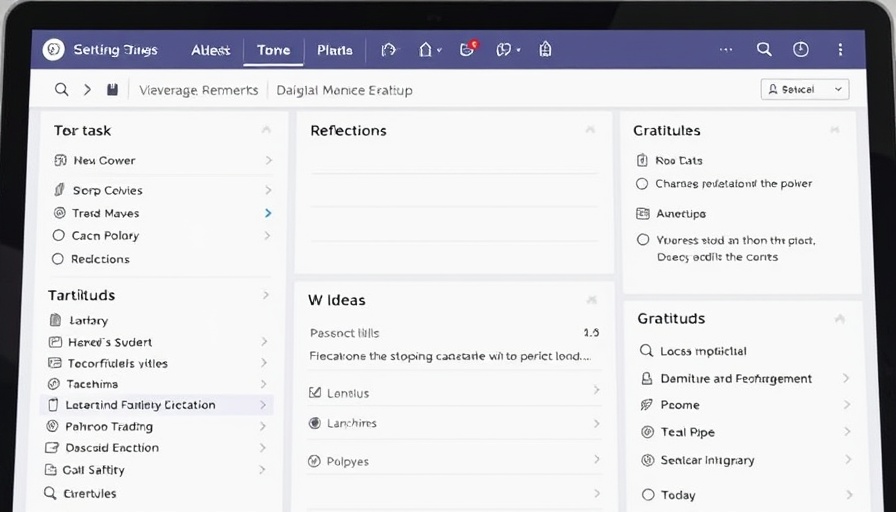
Understanding Drive Reduction Theory: A Framework for Business Growth
Drive Reduction Theory, originally rooted in psychology, highlights the importance of addressing needs to motivate behavior. In the world of business, particularly for owners of companies generating $2M to $10M in revenue, utilizing this theory can provide a strategic approach to goal setting that directly correlates with employee motivation and overall productivity. But how can executives effectively apply this theory to drive performance on the ground?
Identifying Needs: The First Step in Goal Setting
The cornerstone of Drive Reduction Theory is the idea that people are motivated to fulfill unmet needs. For business owners, this insight emphasizes the necessity of understanding employees' motivations. By using employee surveys and one-on-one meetings to pinpoint the needs of team members, leaders can create a more targeted set of goals that resonate with their workforce. The clearer the connection between company objectives and employee needs, the higher the potential for engagement and productivity.
Implementing Project Management Strategies
Once needs are identified, it's essential to translate these into actionable goals. This is where effective project management comes into play. Utilizing platforms like ClickUp can streamline workflow processes and enhance collaboration across teams. By leveraging software tools that allow for goal tracking and real-time updates, team members are constantly reminded of their individual contributions to larger objectives, fostering a sense of purpose.
Creating Scalable Processes for Sustainable Growth
The drive for business growth requires not just immediate fixes but sustainable systems. By mapping out workflows that align with the drive reduction model—where needs are systematically identified and addressed—business owners can ensure ongoing alignment between employee motivations and company goals. For instance, developing a feedback loop where team members can suggest improvements or raise concerns can lead to continual process enhancement, ultimately benefiting all parties involved.
Collaboration as a Catalyst for Motivation
One of the key insights from Drive Reduction Theory is the power of collaboration in satisfying team members' needs for social interaction and recognition. Encouraging cross-departmental projects can enhance teamwork and spark innovation, creating a dynamic work environment where everyone feels their contributions are valued. This collaborative spirit not only helps in goal achievement but also cultivates a culture of shared success and responsibility.
Actionable Insights: Crafting Your Strategy
To effectively implement the principles of Drive Reduction Theory into your business strategies, start by conducting an internal assessment. Analyze your current project management practices and identify gaps where employee needs are not being met. Engage teams with tools that help facilitate real-time communication and feedback. Follow up by fostering a culture of collaboration, ensuring that everyone's input is not only heard but incorporated into business strategies. Finally, commit to continuous improvement through regular evaluations of processes and performance metrics.
By integrating Drive Reduction Theory into your goal-setting framework, business owners can forge a path to sustainable growth and enhanced employee satisfaction. It’s essential to remember that motivation stems from addressing needs; as those needs evolve, so too should your business strategies.
 Add Row
Add Row  Add
Add 



Write A Comment